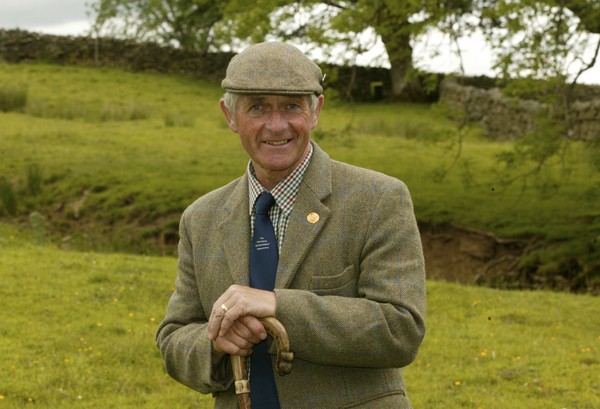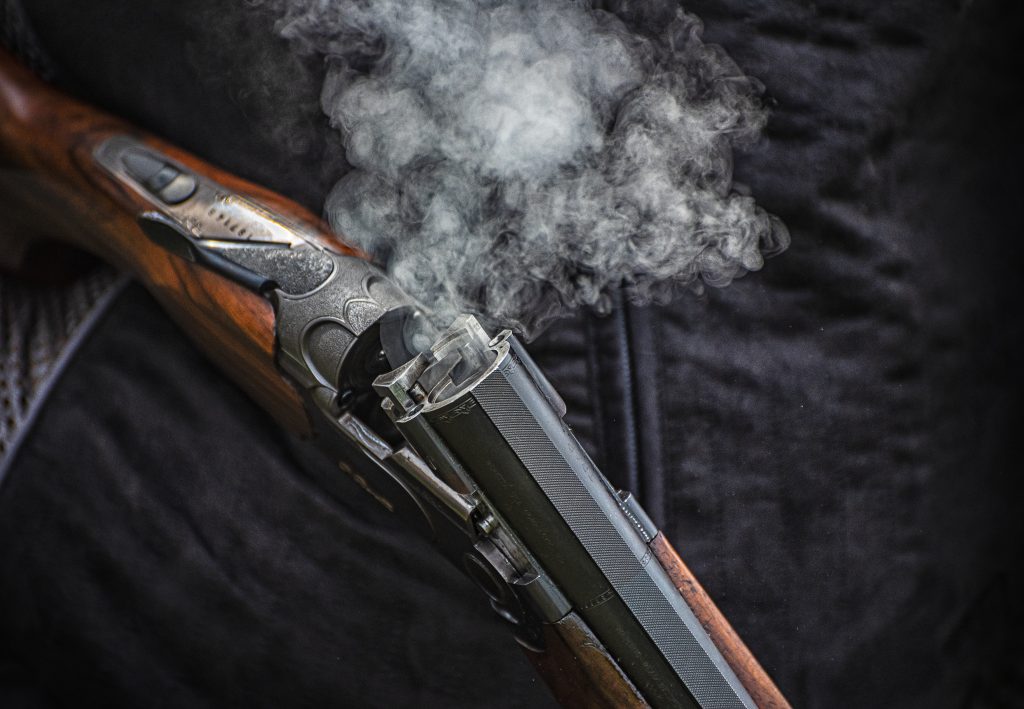Win CENS ProFlex DX5 earplugs worth £1,149 – enter here
Upland keeper: Nesting birds
<strong>Sadly, a lone curlew seen in Teesdale did not, after all, herald the onset of spring</strong>

During a break in the dumps of snow the other week, our waders came pouring back up the dale. They must be pretty desperate to be coming back into these conditions, as the next lot of the white stuff was never far away. In fact, no sooner had they arrived than they were sitting in serried rows across pure white fields. Quite what they find to eat on days like these I?m not sure, for the ground has been like cement.
I managed to do something I have never succeeded in doing before when I saw these first arrivals. Just after six one morning, on the dog-walking session, a sole curlew passed me, calling as it went. It may have been calling because it was alone, as I imagine it would have been with hundreds, if not thousands, of fellow waders for company shortly before it made its way to Teesdale. Yet, either way, for whatever reason, I decided to call back. It did a U-turn, and circled me a few times as I answered its own warble with one of my own.
It was good for the soul to see the curlew, as I always think that it heralds the onset of spring. Quite what it made of this call from a man and a pack of dogs, though, goodness only knows. In the end it made its way off up the dale into the remainder of the snow. The only snag with my notion that they know something we don?t about the weather is that it has snowed ever since.
Regular readers will know that I often mention my first lapwing eggs in March (the 24th to be precise) but not this year, I fear, as the forecast is for more snow. I am aware my memory is not what it was, but I cannot recall a March with as many fresh falls of snow day after day, or at least weekly. We have had grim ones in the past but they came as a result of very heavy snows in January or February, which simply did not thaw. This year is different.
It will impact on everything. I noted the duck chasing around on the odd day with the sun in the sky. There seems little point in their aerial courtship displays as long as every clump of rushes and all other nesting sites are buried. Eggs will have to wait, and given the losses of young ducklings in cold, wet Teesdale days, it may be no bad thing.
Our resident grey geese will be in the same position as they are no slouches when it comes to nest building. I can see everything being squashed together somewhat this time, with very little stagger in broods of various species hatching out as the ?late? early nesters come together with the ?normal? ones.
For the moorland keeper it is no fun ? some traps in the deeper north-facing gulleys have not seen light for months now, and though we have managed to light a match or two and burn a few fires, they have all been on the very
to nest in icy reeds east end of our moor. The higher westerly end, despite a thaw of sorts, never cleared enough to allow any sort of burning to take place.
Some of our neighbouring moors have not had a single fire to date, and yet on the one or two quite stunning days that we had the other week we could see smoke billowing skywards from the north York moors some 20 to 30 miles to the east of us. I gather that some have had a few hundred fires to date. Such is the penalty of working on the higher ground in the middle of the North Pennines, although I would not swap them.
Moorland blackgrouse
The onset of spring does make the males of many species of birds do the most unusual things, though. Despite five inches of snow on the ground and regular flurries coming through, I heard five blackgrouse bubbling away the other day.
That quite unique, almost turkey-like sound echoes across the landscape in the most surprising way. I have often heard the calls from the other side of the valley if conditions are suitable. Hardly surprising, then, that greyhens find mates easily with that volume of sound fi lling the dale. It?s such a shame that this bird is disappearing from the landscape in so many parts of the country. If nothing else, the fact that it is more or less found only around managed grouse moors or keepered ground these days should tell the policy people what to do to keep it here for the next generation.
The other week I attended an update by one of the legal companies that specialise in matters relating to wildlife law, and though there are those who think they have nothing left to learn, I find there is always something that comes out of those days that is of use. Well done to Knights Solicitors, in conjunction with CSC Greys, land agents, for running the courses, which are so useful to many keepers.
Related Articles
Get the latest news delivered direct to your door
Subscribe to Shooting Times & Country
Discover the ultimate companion for field sports enthusiasts with Shooting Times & Country Magazine, the UK’s leading weekly publication that has been at the forefront of shooting culture since 1882. Subscribers gain access to expert tips, comprehensive gear reviews, seasonal advice and a vibrant community of like-minded shooters.
Save on shop price when you subscribe with weekly issues featuring in-depth articles on gundog training, exclusive member offers and access to the digital back issue library. A Shooting Times & Country subscription is more than a magazine, don’t just read about the countryside; immerse yourself in its most authoritative and engaging publication.







